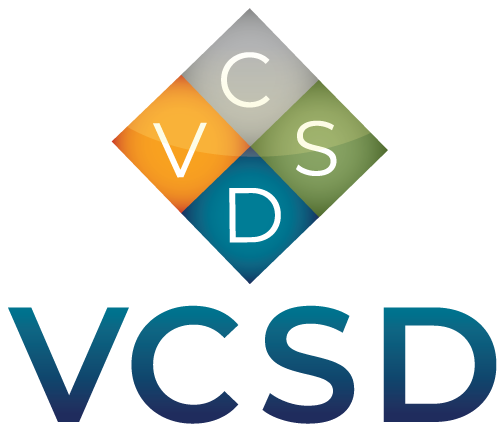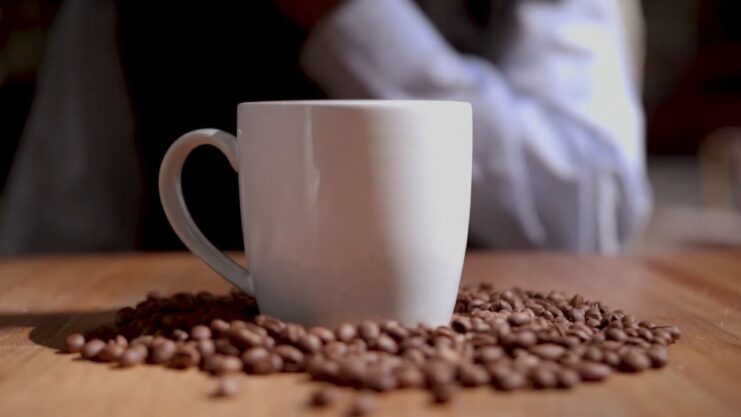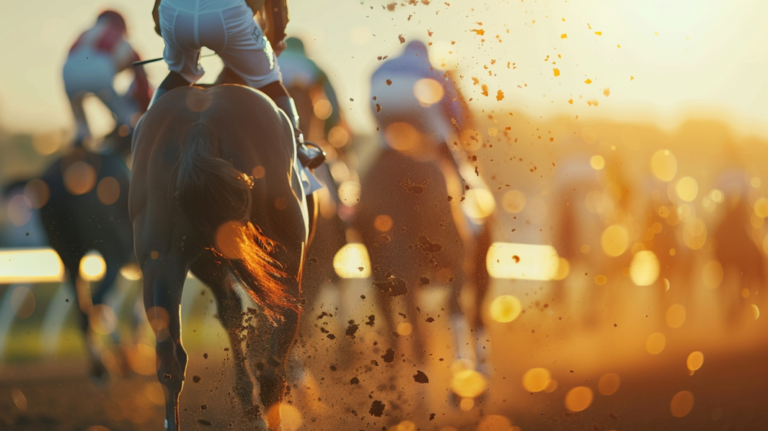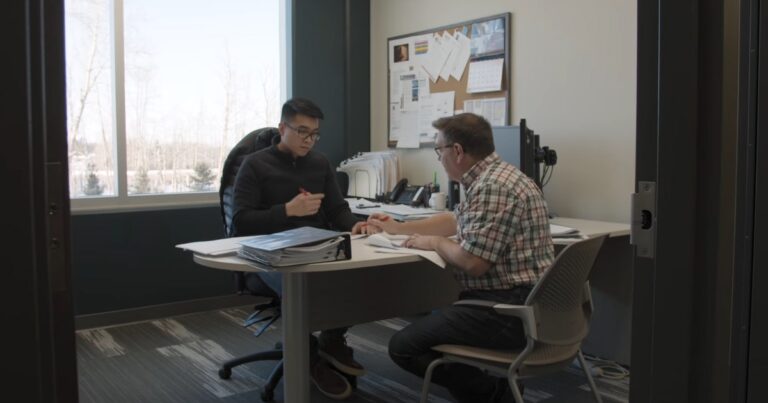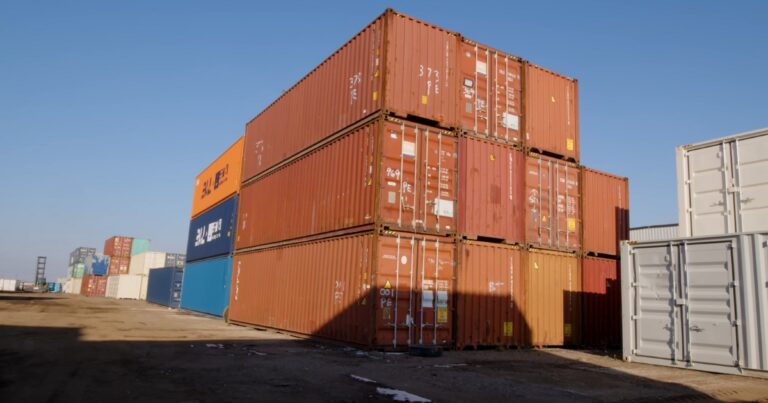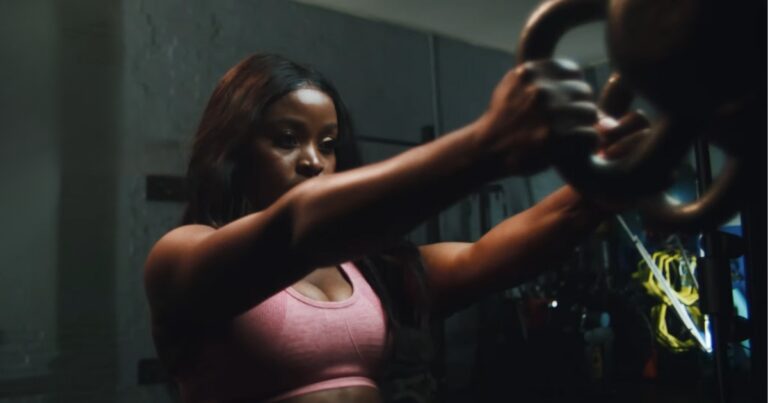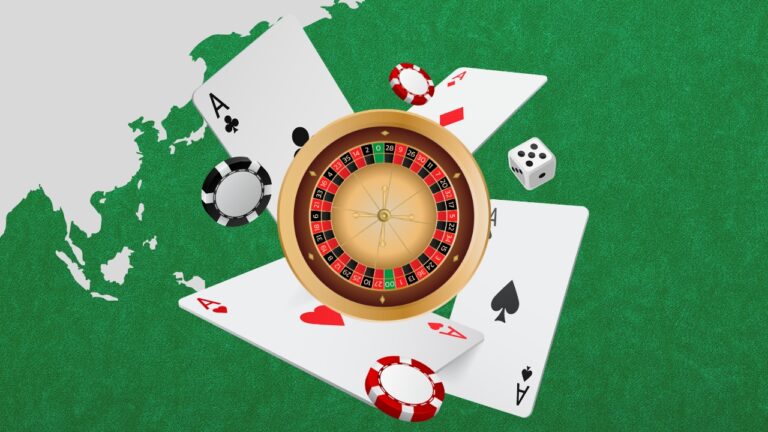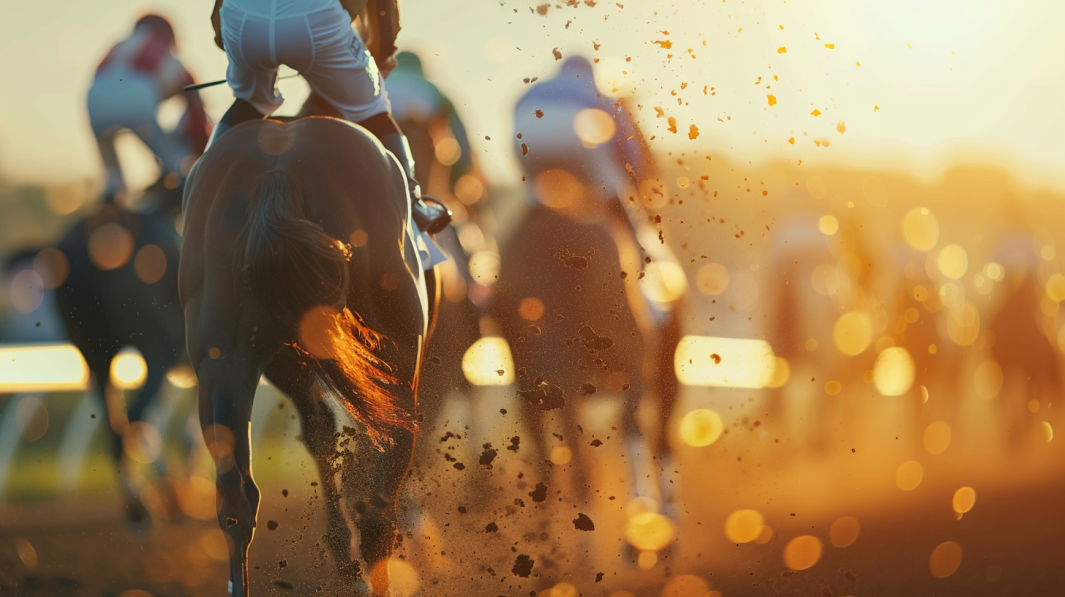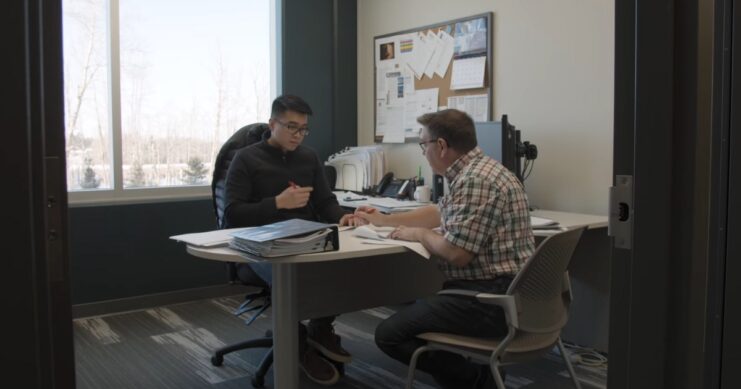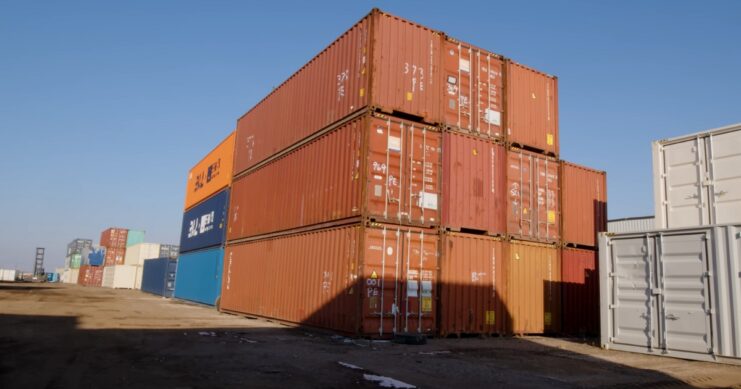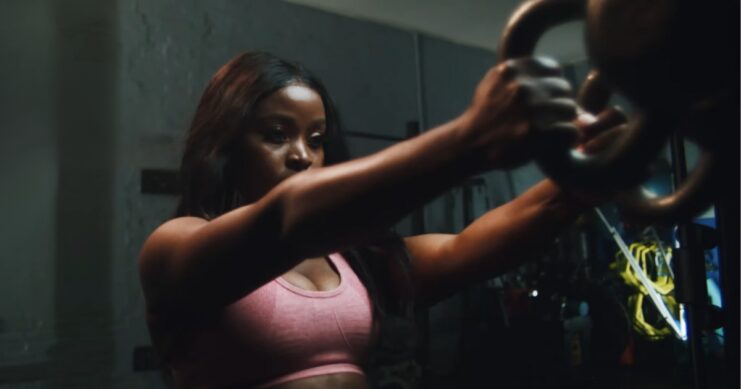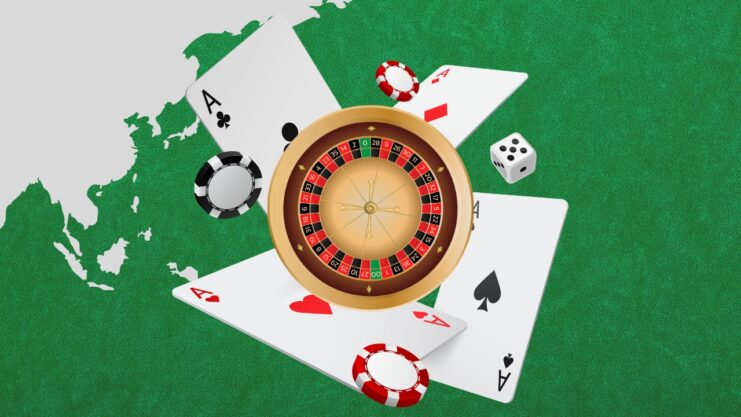Espresso, the heart of many coffee lovers’ daily ritual, is not just a drink but a culture, an art, and for some, an absolute necessity. Originating from Italy in the early 20th century, espresso has become a global phenomenon, cherished for its rich flavor, creamy texture, and, importantly, its caffeine kick.
How much caffeine is in a shot of espresso is crucial for both connoisseurs and casual drinkers alike, as it helps manage intake and enjoy the beverage responsibly. caffeinepro.co delves into the world of espresso, exploring its caffeine content in detail.
Caffeine Content in a Shot of Espresso
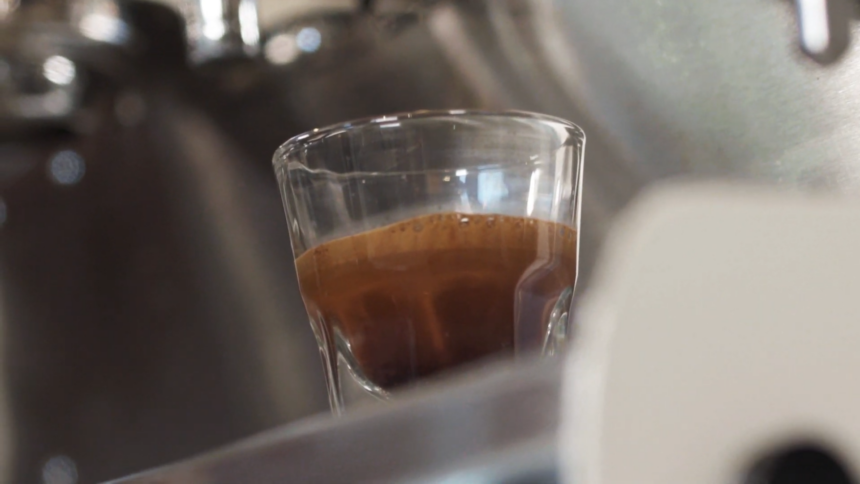
The caffeine content in a shot of espresso can vary significantly depending on several factors, including the type of coffee bean, the grind size, the brewing time, and the machine used. On average, a single shot of espresso (approximately 1 ounce or 30 milliliters) contains about 63 milligrams of caffeine.
This amount can range from 47 to 75 milligrams, highlighting the variability in espresso shots. In comparison, a standard 8-ounce (240-milliliter) cup of drip coffee contains roughly 95 milligrams of caffeine, making espresso more concentrated in caffeine by volume.
Factors Influencing Caffeine Levels
Several key factors can influence the caffeine content of your espresso shot:
- Type of Coffee Bean: There are two main types of coffee beans, Arabica and Robusta. Robusta beans generally contain almost twice as much caffeine as Arabica beans. Therefore, an espresso made with Robusta beans will be stronger in terms of caffeine content.
- Roasting Process: Contrary to popular belief, the roast level of the bean has a minimal effect on caffeine content. Light, medium, and dark roasts have relatively similar caffeine levels when measured by volume. However, since caffeine is slightly burned off during roasting, dark roasts may have minutely less caffeine when measured by weight.
- Grind Size and Brewing Time: A finer grind and longer brewing time can extract more caffeine from the coffee beans. Espresso machines, which use high pressure, are particularly effective at extraction, contributing to the beverage’s strong caffeine content.
- Serving Size: Traditional espresso shots are small, but the trend of serving “double shots” as the standard in many coffee shops means many people are consuming more caffeine per serving.
Espresso vs. Other Coffees
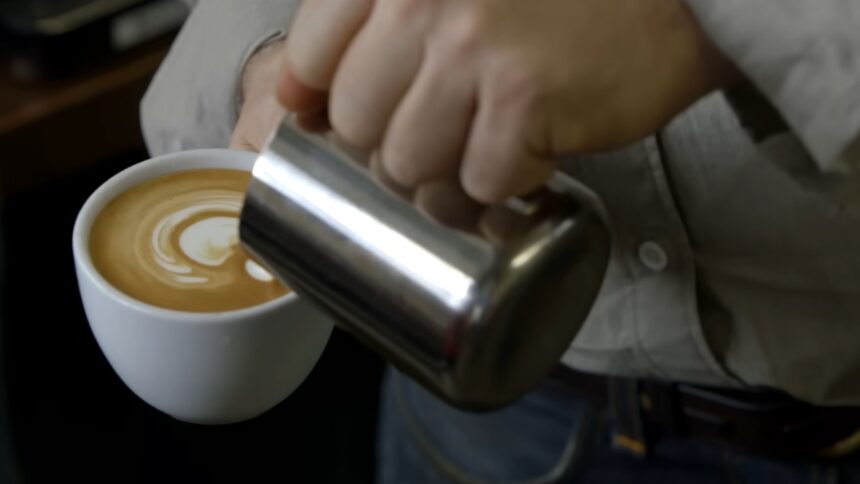
When comparing espresso to other types of coffee drinks, it’s essential to consider serving sizes. While espresso contains more caffeine per ounce, the total caffeine content is often lower than that of a full cup of drip coffee due to the smaller serving size.
However, when used as a base for larger milk-based drinks like lattes or cappuccinos, the caffeine content can add up, especially if multiple shots are used. This is particularly relevant when evaluating the caffeine levels in popular Starbucks beverages.
Managing Your Caffeine Intake
Understanding the caffeine content in espresso is vital for managing intake, especially for those sensitive to caffeine or trying to limit their consumption. Here are a few tips for managing caffeine intake:
- Be aware of the caffeine content in your chosen espresso drink, especially if consuming more than one shot or adding shots to milk-based beverages.
- Consider the time of day. Consuming caffeine late in the day can interfere with sleep patterns for some individuals.
- Listen to your body. If you notice adverse effects from caffeine, such as jitters, anxiety, or disrupted sleep, consider reducing your intake or choosing lower-caffeine alternatives.
FAQs
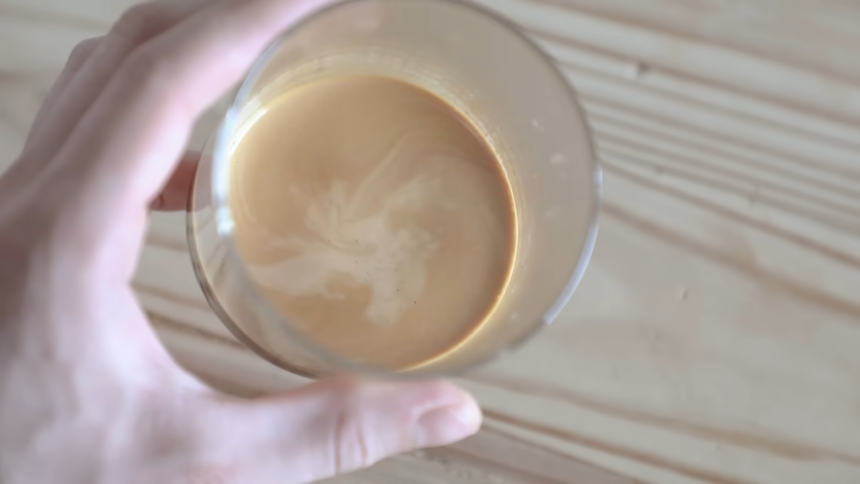
Can the Water Temperature Affect the Caffeine Content in An Espresso Shot?
Yes, water temperature can influence the caffeine extraction process. The optimal water temperature for espresso is around 90°C to 96°C (195°F to 205°F).
Water that’s too hot can over-extract, leading to a bitter taste and potentially extracting slightly more caffeine, while water that’s too cool can under-extract, resulting in a weak shot with less caffeine. However, the effect of temperature on caffeine content is less significant than factors like bean type and grind size.
Does the Pressure Used in Espresso Machines Alter the Caffeine Amount?
The pressure used in espresso machines is crucial for proper extraction. Most machines operate at around 9 bars of pressure. This high-pressure forces water through the coffee grounds quickly, allowing for a rapid extraction of flavors and caffeine.
While pressure is more about extraction efficiency and less about altering caffeine content significantly, improper pressure can lead to under-extraction (less caffeine) or over-extraction (more bitter flavors, but not necessarily more caffeine).
How Does the Caffeine Content in Decaffeinated Espresso Compare to Regular Espresso?
Decaffeinated espresso shots contain caffeine, but in much smaller amounts compared to regular espresso. A decaf espresso shot might have 1 to 5 milligrams of caffeine, depending on the decaffeination process and the coffee’s origin.
While not completely caffeine-free, decaffeinated espresso offers a viable option for those looking to reduce their caffeine intake.
Can the Way I Store My Coffee Beans Affect the Caffeine Content in My Espresso?
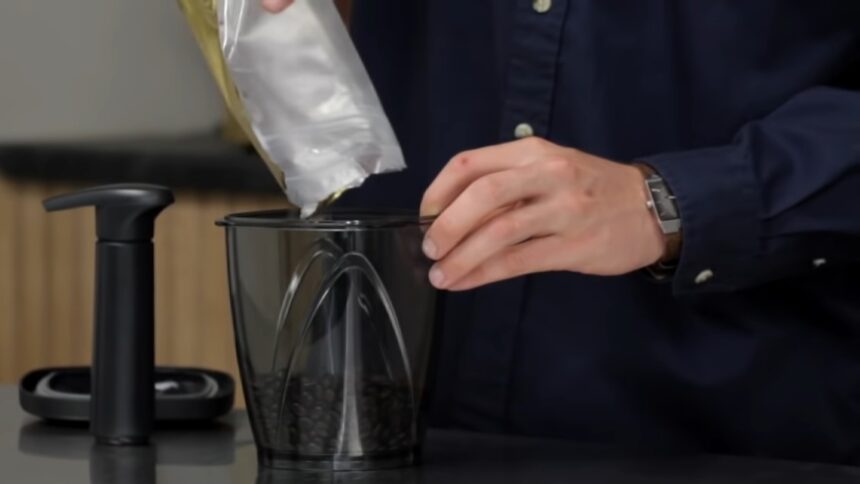
The storage of coffee beans does not directly affect the caffeine content. However, proper storage is crucial for preserving the beans’ freshness, flavor, and aroma.
Exposure to air, moisture, heat, and light can degrade the quality of the beans over time. While this degradation doesn’t reduce caffeine, it can impact the overall taste and quality of your espresso.
Is There a Difference in Caffeine Content Between a Ristretto and A Lungo Espresso Shot?
Yes, there is a difference. A ristretto shot is more concentrated, using less water for the same amount of coffee grounds, which makes it stronger in flavor but doesn’t significantly change the caffeine content.
A lungo shot uses more water, resulting in a longer extraction time and a slightly higher caffeine content due to the increased water contact with the coffee grounds. However, the differences are relatively small and are more about taste and strength than a significant caffeine content variance.
How Does the Milk in Lattes and Cappuccinos Affect the Caffeine Content of Espresso-Based Drinks?
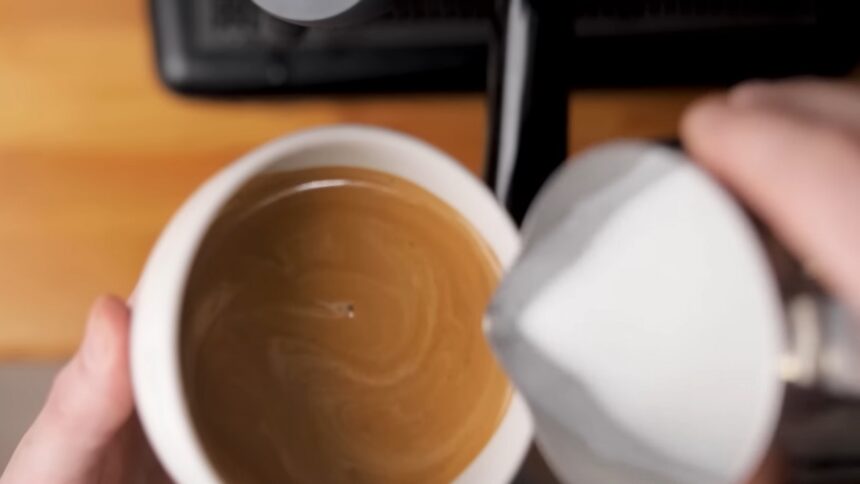
The addition of milk to espresso-based drinks like lattes and cappuccinos does not change the caffeine content of the espresso itself.
However, as these drinks typically contain one or more shots of espresso diluted with milk, the overall caffeine concentration per ounce is lower compared to a straight shot of espresso. The caffeine content remains the same, but the volume increases, resulting in a less concentrated caffeine beverage.
The use of raw milk in these beverages enhances their natural flavor profile, adding a subtle richness to the drink.
Final Words
The allure of espresso lies not only in its rich flavor and creamy texture but also in the energy boost it provides, thanks to its caffeine content. While the amount of caffeine in a shot of espresso can vary, understanding these variations helps coffee enthusiasts make informed decisions about their consumption.
Whether you’re a casual drinker or a seasoned barista, knowing the caffeine content in your espresso allows you to enjoy this beloved beverage responsibly, ensuring that it remains a cherished part of your daily routine without negatively impacting your health.
